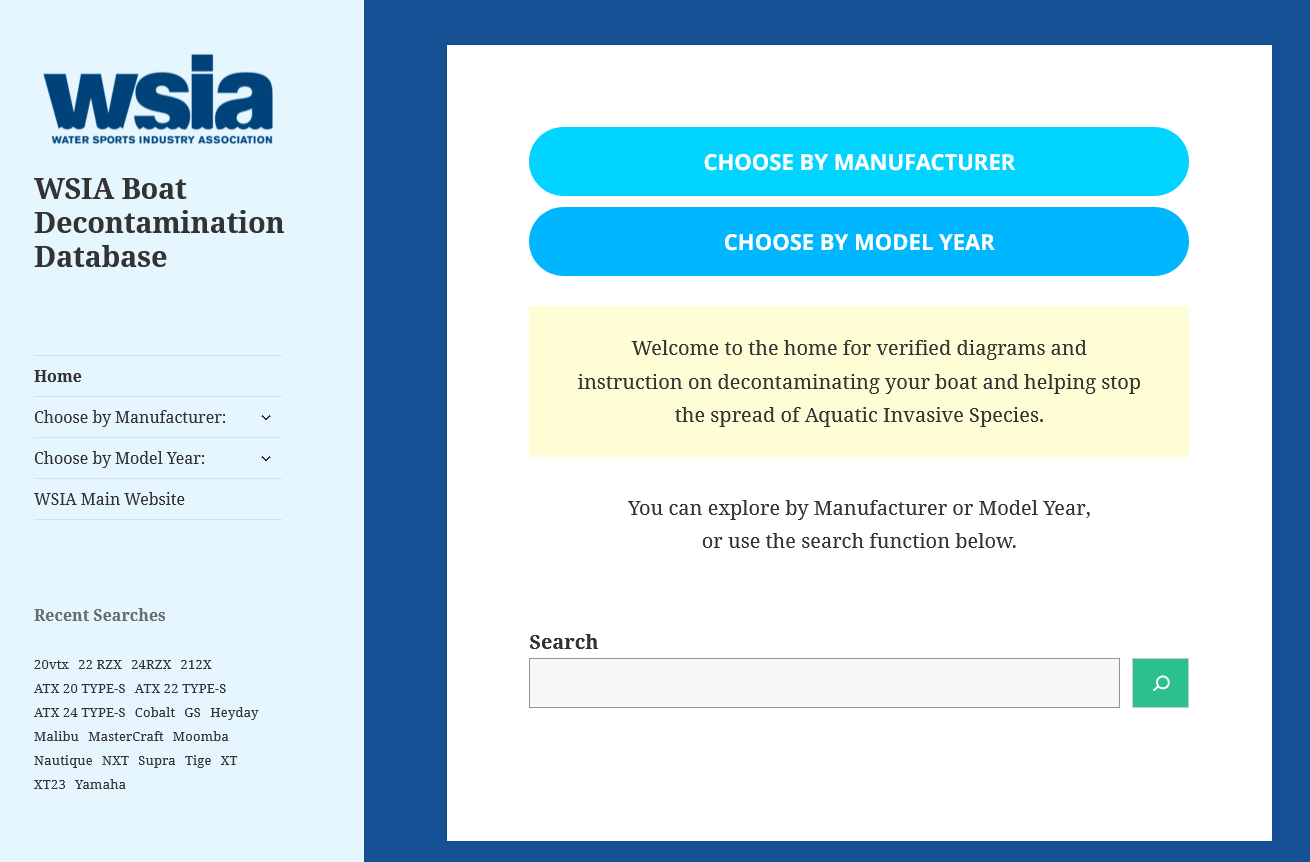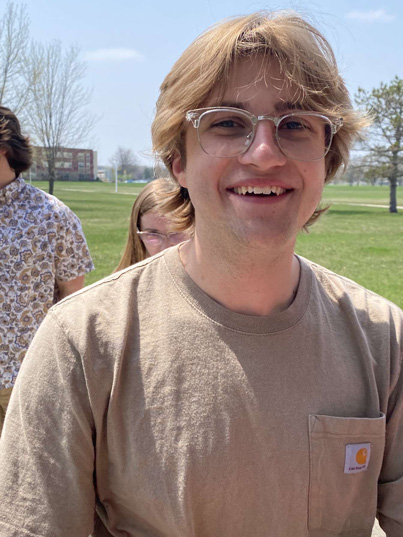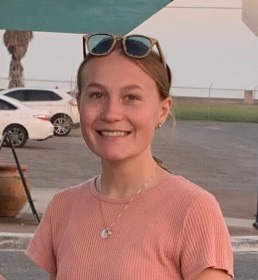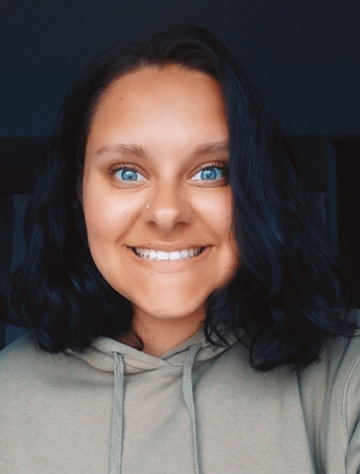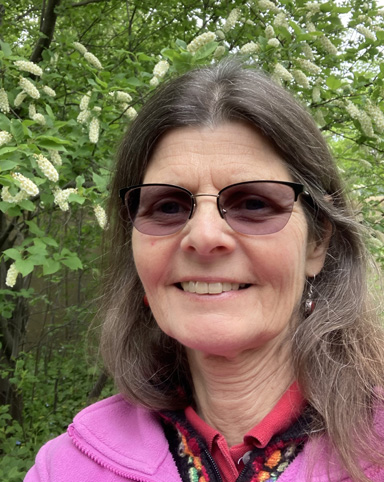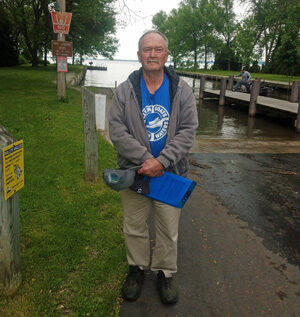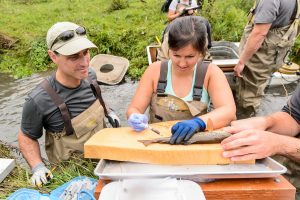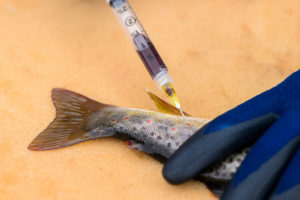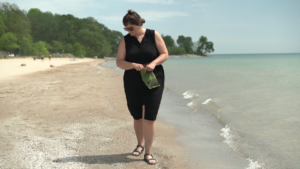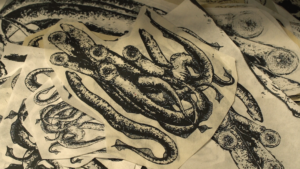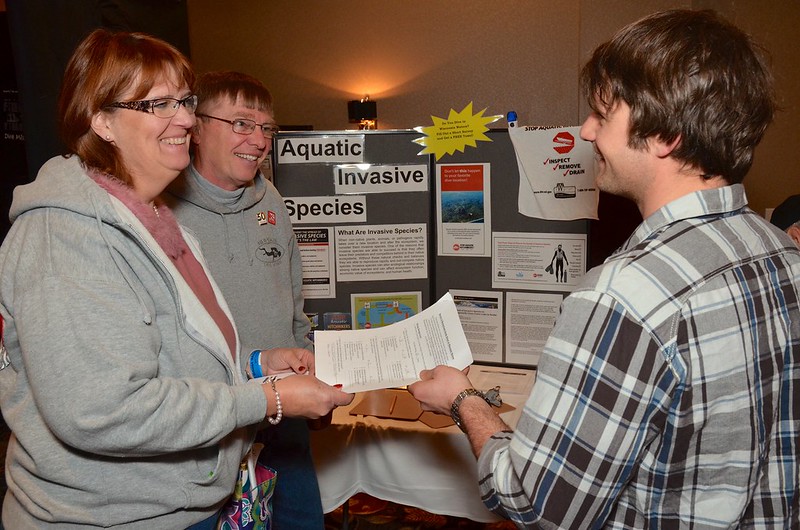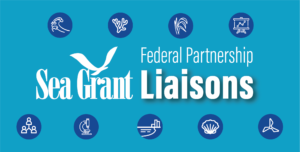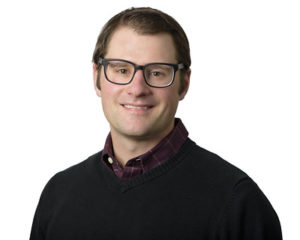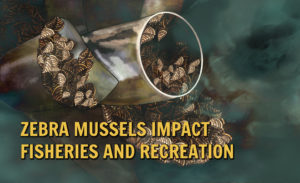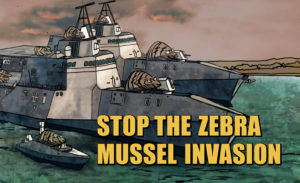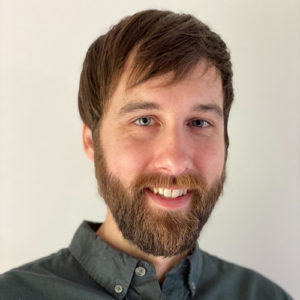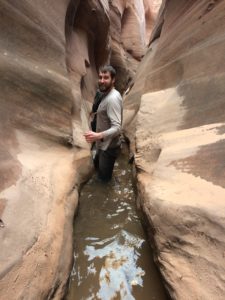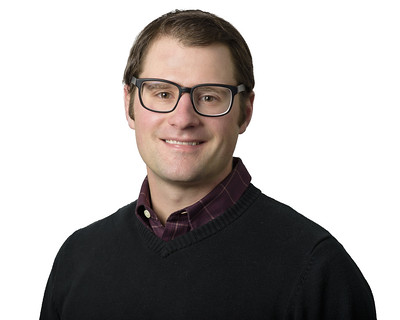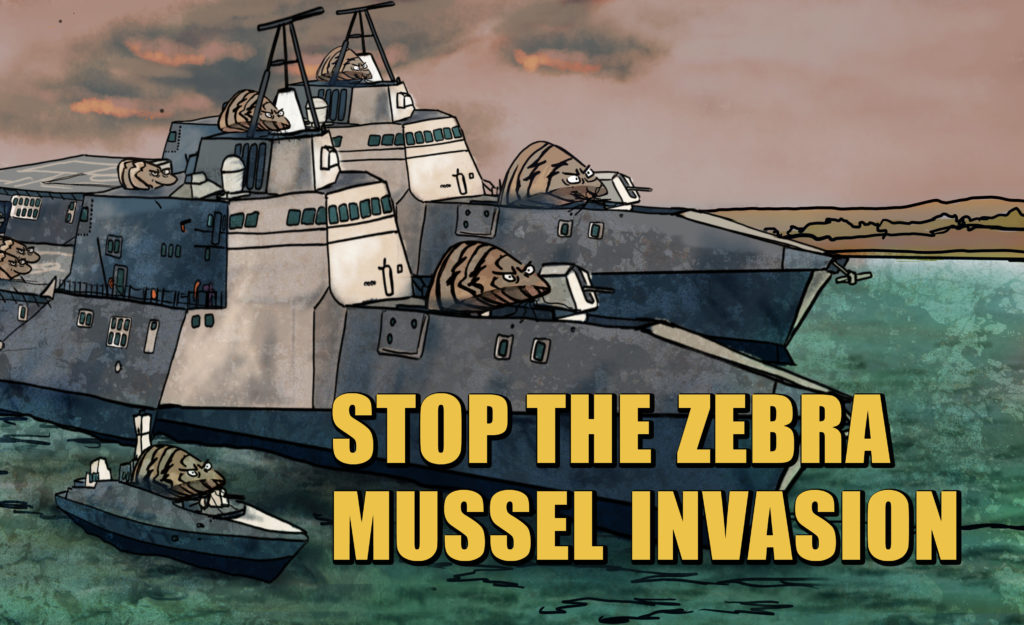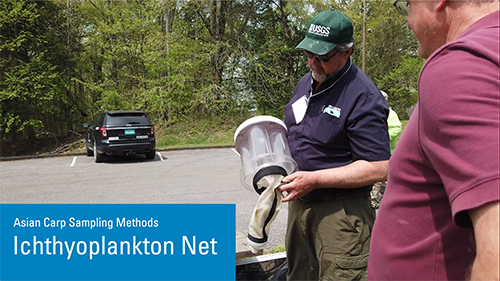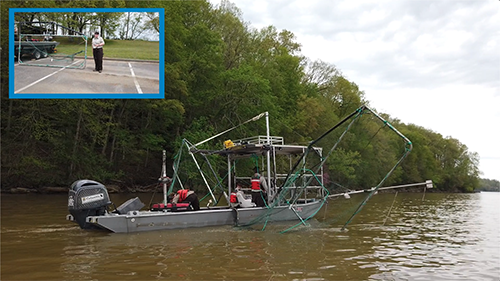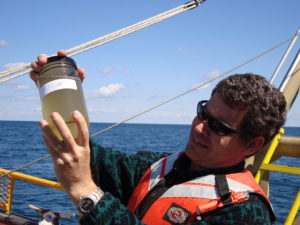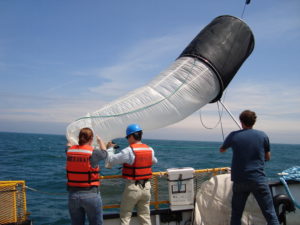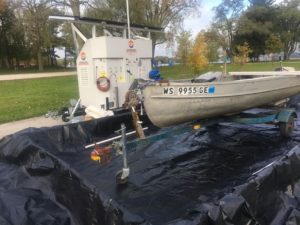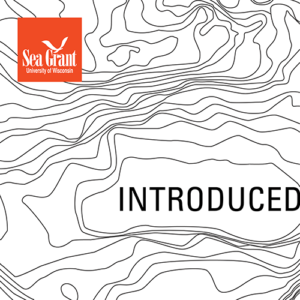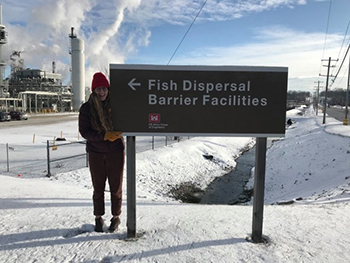Fox-Wolf Outreach Highlighted In Larry Smith Outdoors Show
Invasive Species Outreach Featured in Wings Over Wisconsin Kids Fishing Event Clip
During the summer months, our Aquatic Invasive Species Coordinator Chris exhibits at all sorts of events talking about Fox-Wolf’s work in the watershed as well as aquatic invasive species (AIS). Events include fishing tournaments, public festivals, expos, and kids fishing field days. At the Wings Over Wisconsin – Denmark Chapter’s annual Kids Fishing event, Chris is able to talk with over 150 fifth and sixth grade students about the importance of preventing the spread of invasive species while fishing. As part of the the event in 2023, the Larry Smith Outdoors show did a feature on the amazing event and interviewed Chris for the video. It’s absolutely incredible to work with such amazing partners in our watershed and be apart of such great events! Check out the feature below and be on the lookout for the clip with Fox Wolf’s own AIS Coordinator Chris!
Video Credit: Larry Smith Outdoors Show
Photo Credit: Chris Acy (Fox-Wolf Watershed Alliance)
Questions? Comments? Contact Chris Acy, the AIS Coordinator covering Brown, Outagamie, Fond du Lac, Calumet, and Winnebago Counties at (920) 460-3674 or chris@fwwa.org!
Follow the Fox Wolf Watershed Alliance’s Winnebago Waterways Program on our Winnebago Waterways Facebook page or @WinnWaterways on Twitter! You can also sign-up for email updates at WinnebagoWaterways.org.
Winnebago Waterways is a Fox-Wolf Watershed Alliance program. The Fox-Wolf Watershed Alliance is an independent nonprofit organization that identifies and advocates effective policies and actions that protect, restore, and sustain water resources in the Fox-Wolf River Basin.
Check out the Keepers of the Fox Program at https://fwwa.org/watershed-recovery/lower-fox-recovery/
Reporting invasive species is a first step in containing their spread. Maintaining and restoring our waters and landscapes can reduce the impacts even when we don’t have other management options to an invasive species.
The post Fox-Wolf Outreach Highlighted In Larry Smith Outdoors Show appeared first on Fox-Wolf Watershed Alliance.
Fox-Wolf Watershed Alliance
https://fwwa.org/2023/08/22/fox-wolf-outreach-highlighted-in-larry-smith-outdoors-show/?utm_source=rss&utm_medium=rss&utm_campaign=fox-wolf-outreach-highlighted-in-larry-smith-outdoors-show

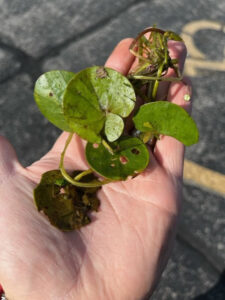 invasive species in the Bay of Green Bay.
invasive species in the Bay of Green Bay. 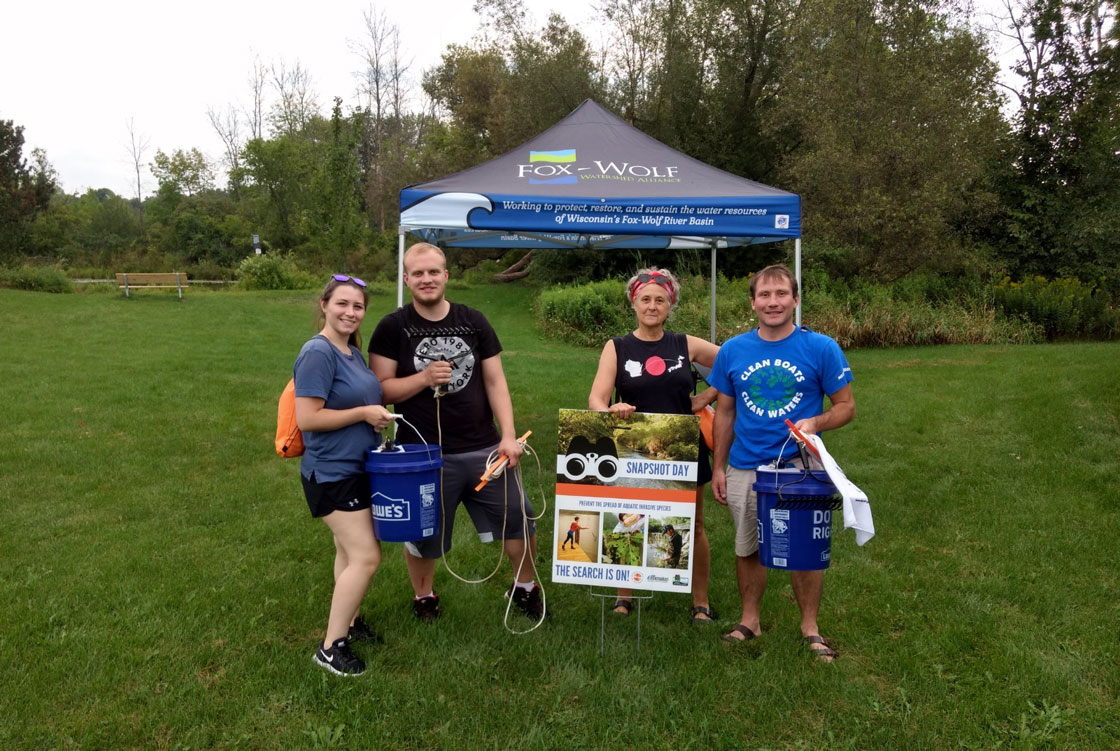 risks to Wisconsin waterways and wildlife. Volunteers have a choice to register at one of over twenty event locations hosted by local conservation groups.
risks to Wisconsin waterways and wildlife. Volunteers have a choice to register at one of over twenty event locations hosted by local conservation groups.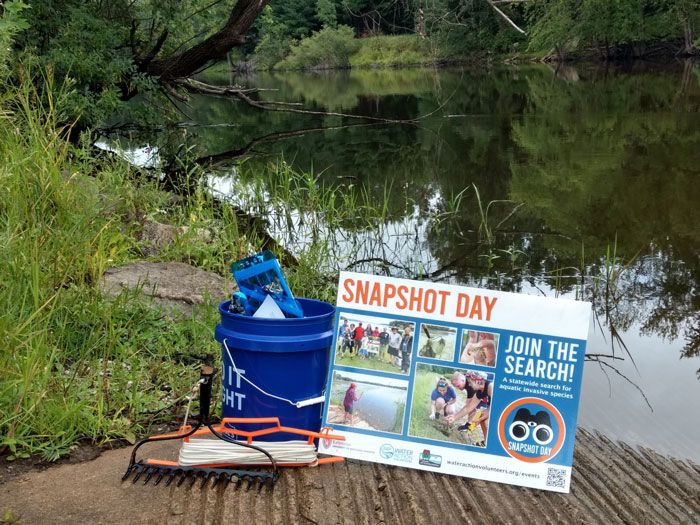
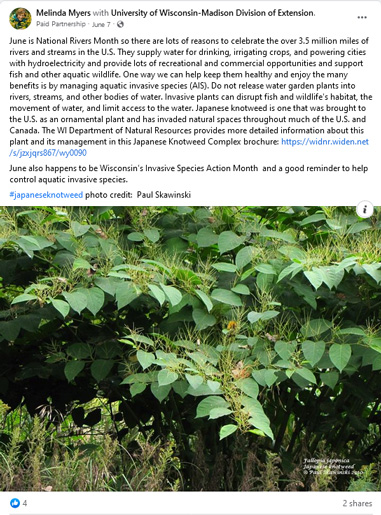
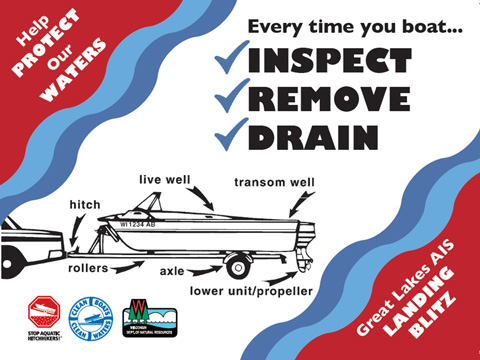 will give out a brand new red, white, and blue boat trailer sticker with a boat graphic showing people all the places where plants, tiny animals and potentially contaminated water can hide.
will give out a brand new red, white, and blue boat trailer sticker with a boat graphic showing people all the places where plants, tiny animals and potentially contaminated water can hide.